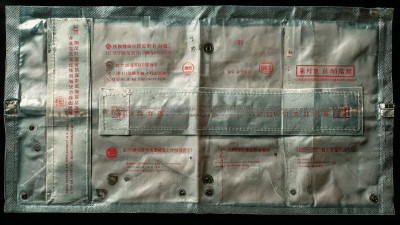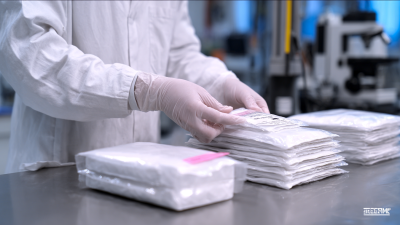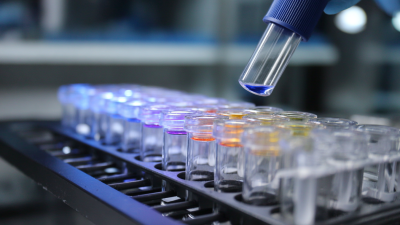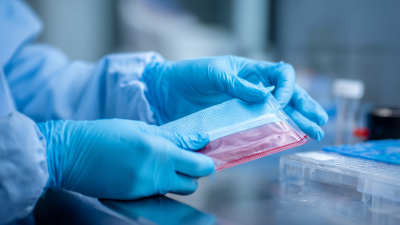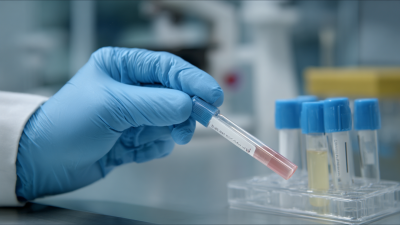 +86 178 5514 5298
+86 178 5514 5298
Leave Your Message
-
 CONTACT NUMBER
CONTACT NUMBER -
 CONTACT NUMBER
CONTACT NUMBER -
 CONTACT NUMBER
CONTACT NUMBER



In the realm of laboratory operations, the selection of appropriate tools and materials significantly impacts the integrity of specimen management and analysis. Specimen sleeves, designed to protect and preserve biological samples, are critical to ensuring the reliability of test results. According to a report by the International Laboratory Accreditation Cooperation (ILAC), improper specimen handling can lead to a 30% increase in testing errors, underscoring the importance of choosing the right specimen sleeve. Furthermore, research from the Clinical and Laboratory Standards Institute (CLSI) indicates that 45% of lab errors originate from pre-analytical phases, where proper specimen containers play a vital role. As laboratories strive to enhance efficiency and accuracy in testing, understanding the specific requirements for specimen sleeves becomes paramount to meet various standards and safeguard sample integrity.
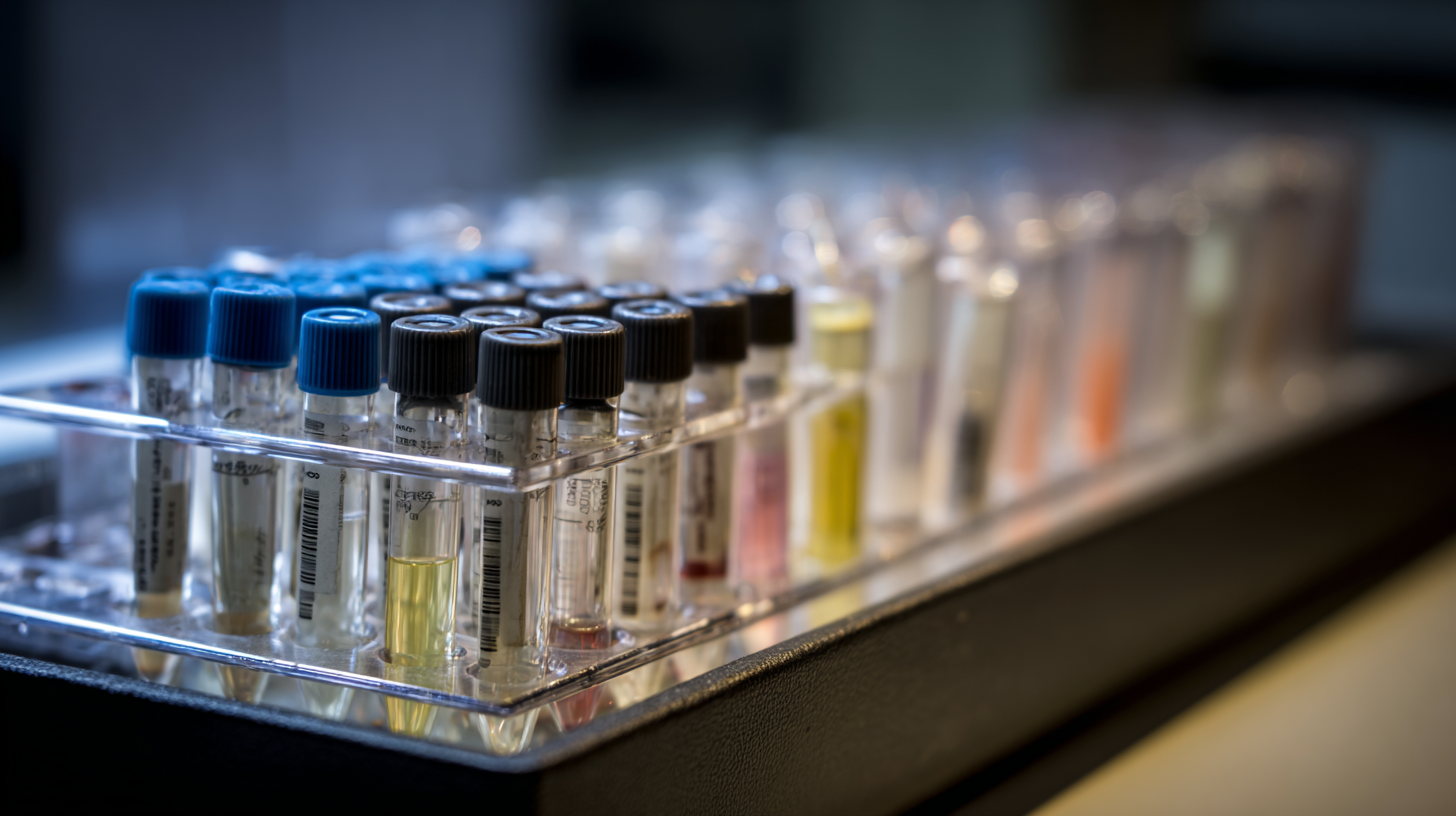
When selecting the right specimen sleeve for laboratory needs, understanding the various types available in the market is crucial. Specimen sleeves, designed to securely hold samples during processing and transport, come in a range of materials and designs. The market has evolved to cater to specific requirements, including temperature control, contamination reduction, and protective cushioning. For instance, innovative materials like elastomeric padding are now used to design garments that provide better protection and comfort, paralleling advancements seen in other industries such as sports apparel.
A recent industry report highlights that the demand for specialized specimen sleeves has surged, reflecting a growing awareness of the importance of sample integrity in laboratory practices. In particular, 70% of laboratory managers acknowledge that the right specimen storage solutions can significantly reduce the risk of sample degradation. Furthermore, the report indicates that customizable sleeves are gaining popularity, allowing laboratories to choose sleeves based on specific sample sizes and handling needs, ultimately enhancing operational efficiency and reliability in results. Understanding these options is vital for laboratories aiming to maintain high standards in specimen handling and analysis.
| Specimen Sleeve Type | Material | Size Range | Applications | Key Features |
|---|---|---|---|---|
| Standard Specimen Sleeve | Polyethylene | 1-3 inch | General laboratory use | Durable, lightweight, transparent |
| Cryogenic Specimen Sleeve | Cryogenic resin | 0.5-2 inch | Freezing biological samples | Low-temperature resistance, high clarity |
| Aseptic Specimen Sleeve | PVC | 1-4 inch | Sterile applications | Sterilized, leak-proof |
| Specialty Specimen Sleeve | Nylon | 1-5 inch | Specialized tests and samples | Chemical resistance, customizable |
When selecting the right specimen sleeve for laboratory needs, several key factors must be taken into account to ensure accuracy and reliability in testing. First and foremost, the material of the sleeve plays a crucial role. Consider materials that provide a barrier against contamination while maintaining shelf stability for sensitive samples, especially in molecular diagnostics like PCR testing, which has become the gold standard for COVID-19 testing due to its high sensitivity and specificity.
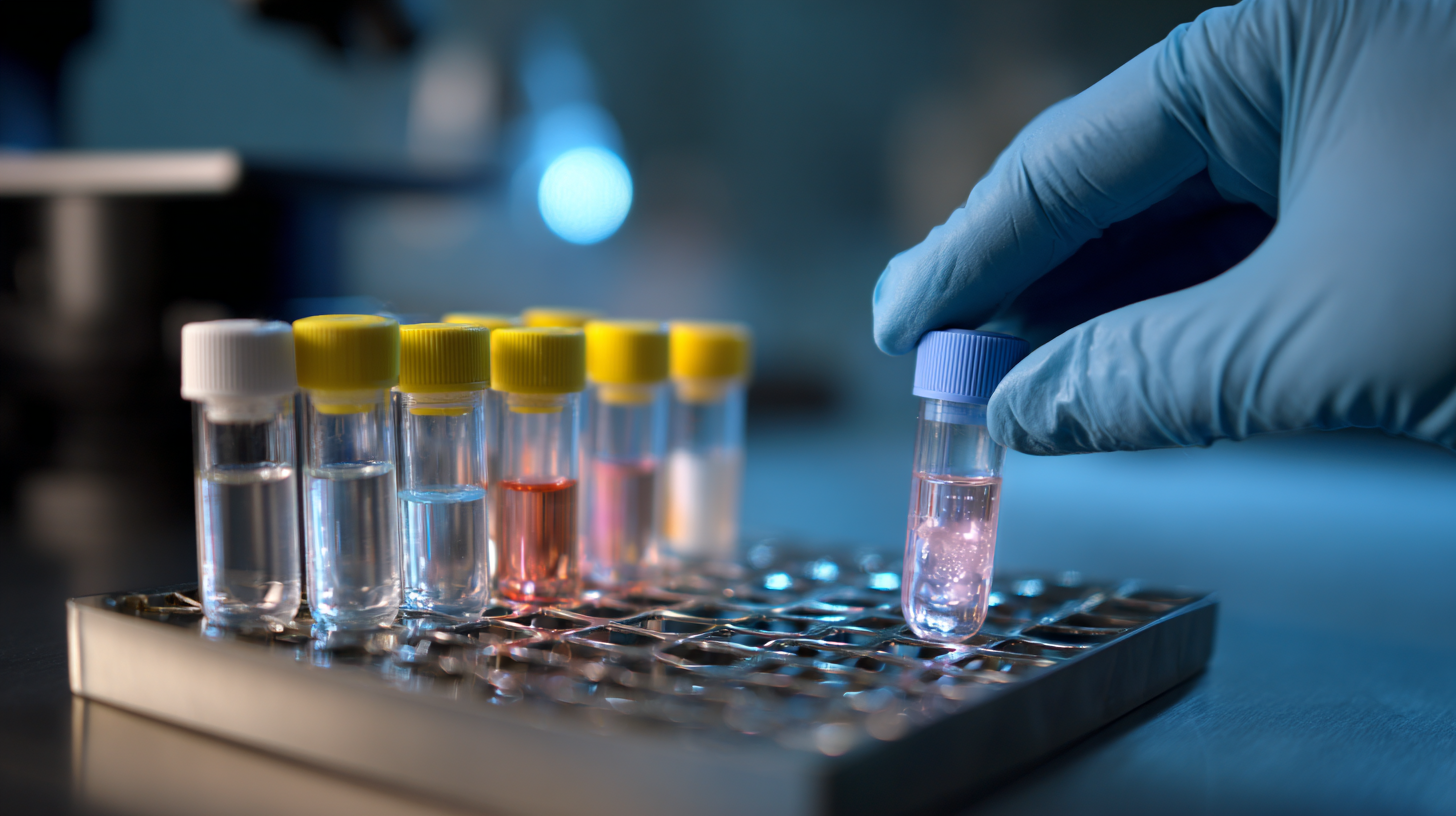
Additionally, the size and fit of the specimen sleeves are vital. They should accommodate various types of samples without compromising the integrity of the specimens. Poorly fitting sleeves can lead to leakage or contamination, which could cause false results, similar to instances seen in recent mass nucleic acid screenings where false positives have raised concerns. Therefore, it’s essential to select sleeves that adhere to industry standards and are compatible with the specific testing protocols utilized in the laboratory environment.
Selecting the right specimen sleeve for laboratory use involves evaluating material options that ensure both
durability and compatibility with various specimens.
According to a 2021 report by the American Society for Clinical Laboratory Science, nearly
30% of laboratory errors are linked to improper specimen handling, highlighting the critical role of high-quality specimen sleeves.
Materials such as polyethylene, polypropylene,
and polystyrene each have unique properties that cater to specific laboratory needs.
For instance, polyethylene is known for its flexibility and resistance to cracking, making it an ideal choice for environments with variable temperatures,
whereas polypropylene offers superior chemical resistance for more volatile specimens.
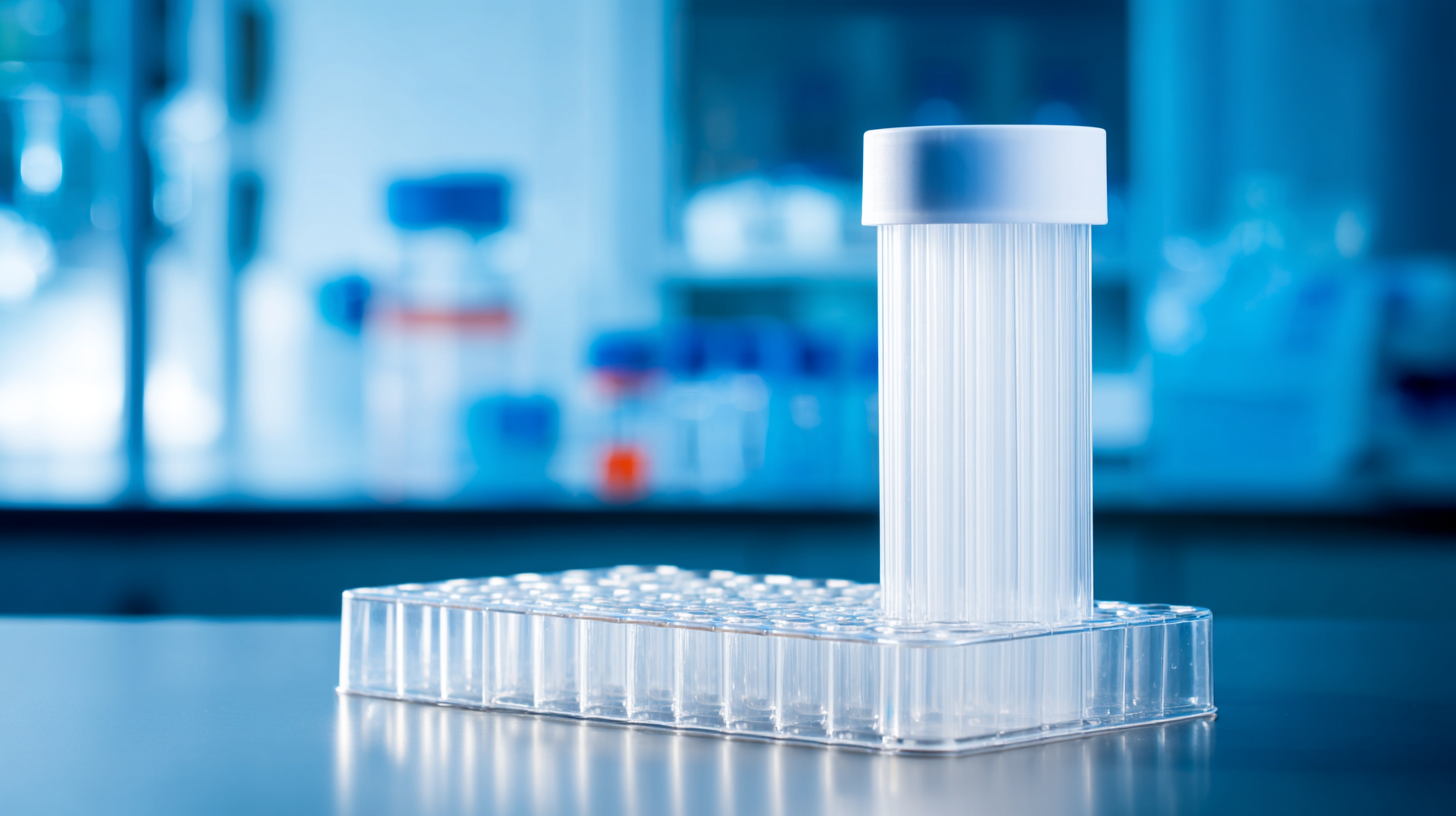
Compatibility is equally important as many specimens require specific conditions to maintain viability and integrity. A study published in the Journal of Laboratory Automation found that specimen sleeves designed with inert materials can minimize the risk of contamination and preserve sample integrity over extended periods. Additionally, the thickness and design of the sleeves can impact their durability; thicker sleeves made from reinforced materials can withstand harsher handling and transport conditions, thus reducing the likelihood of breaches. By prioritizing the right materials and designs, laboratories can ensure optimal specimen preservation and significantly reduce the risk of handling-related errors.
When selecting specimen sleeves for laboratory use, cost-effectiveness is a critical factor. A report by the Laboratory Equipment Manufacturers Association indicates that 25% of laboratories operate with stringent budget constraints, necessitating careful evaluation of any equipment purchases. Specimen sleeves, which protect samples from contamination and degradation, come in various materials and price ranges. Therefore, conducting a comprehensive cost analysis is essential. For instance, while high-grade materials like polypropylene may incur higher upfront costs, they offer durability and protection that could reduce long-term expenses related to sample loss or degradation.
Additionally, a study by the Clinical Laboratory Improvement Amendments (CLIA) highlights that improper specimen handling accounts for nearly 30% of laboratory errors. Choosing the wrong sleeve can lead to compromised sample integrity, resulting in repeat tests that add further financial strain. Laboratories should assess not just the initial purchase price, but also the sleeves' efficacy and reliability in preserving specimen quality. By considering these factors, facilities can make informed purchasing decisions that align with both their operational needs and budgetary limitations.
When it comes to effective specimen storage and organization, choosing the right specimen sleeves is crucial for any laboratory. According to a study published by the Clinical Laboratory Management Association (CLMA), improper storage can lead to degradation and loss of sample integrity, with nearly 30% of specimens being compromised due to inadequate protection. Selecting sleeves made from high-quality, chemical-resistant materials can help to minimize exposure to harmful substances and environmental factors, thus ensuring specimen viability.
Best practices for organizing specimens include categorizing samples based on specific criteria such as type, temperature sensitivity, or analysis schedule. The National Center for Biotechnology Information (NCBI) emphasizes that implementing a color-coding system not only streamlines the retrieval process but also aids in quick identification, reducing the risk of mix-ups. Additionally, utilizing sleeves that come with clear labeling options allows for easy tracking and access to data, fulfilling regulatory compliance and enhancing laboratory efficiency. By aligning storage strategies with these best practices, laboratories can significantly improve their workflow and maintain the integrity of their valuable specimens.
This chart illustrates the distribution of different types of specimen sleeves used in laboratories for storing and organizing specimens. These data points represent common sleeve types and their usage frequency in a typical laboratory setting.
